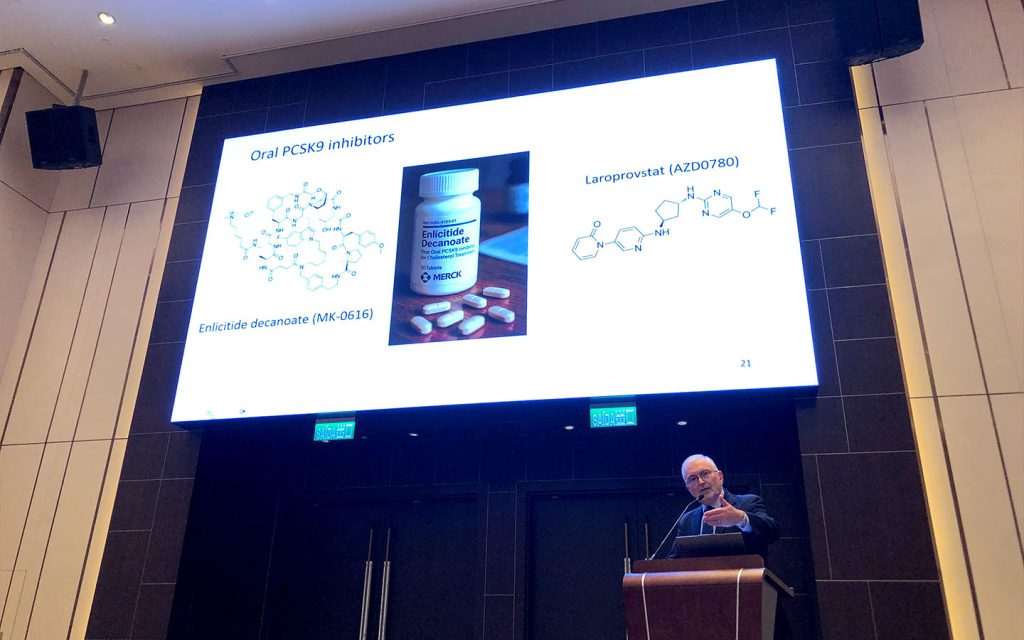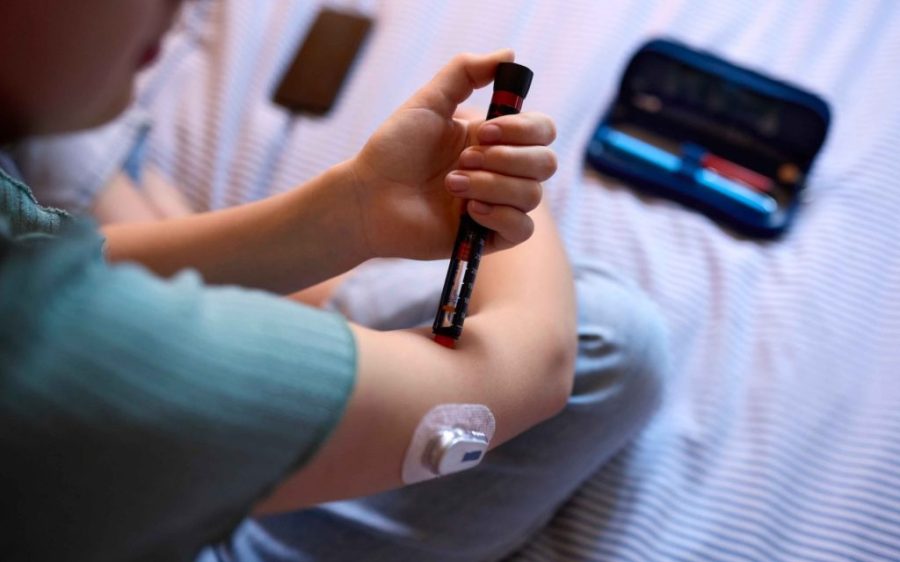By 2050, nearly one in ten Macao residents will suffer from diabetes, a chronic condition that occurs when the pancreas fails to produce enough insulin or when the body cannot efficiently use it to convert glucose into energy. Currently burdening the lives of over 52,000 people in the Macao SAR, diabetes is expected to intensify healthcare challenges as the city grapples with social obstacles and economic costs affiliated with its aging demographic profile.
Recognised annually on November 14 – the birthday of Frederick Banting, the co-discoverer of insulin – World Diabetes Day raises public awareness of a non-communicable disease responsible for millions of deaths each year. This year’s observance follows major medical advances, including the decision by the FDA, the US food and drug regulator, to review new pill-based formulations of semaglutide, a synthetic GLP-1 receptor agonist that boosts insulin secretion and lowers blood sugar levels.
The pending introduction of orally consumed GLP-1 tablets marks a major turning point for patient treatments as the medicine is currently administered via needle injections. Expanding GLP-1 to non-invasive treatments could dramatically increase patient uptake and generate sales of $100 billion by 2030.
[See more: Research shows exercise to be a far greater medicine than we ever thought]
Despite those developments, immediate expectations should be tempered and managed, comments Dr. Brian Tomlinson, professor of internal medicine and clinical pharmacology at Macau University of Science and Technology, who shared his thoughts during a men’s health luncheon hosted by Macao’s Australian Chamber of Commerce (AustCham) last month.
Costs remain high, and the manufacturers are still years away from producing a widely affordable generic version, Tomlinson remarked, adding that preventive care for the time being, which includes regular testing, healthy diets, and active lifestyles, are viable defences to prevent complications associated with diabetes.

The Ahmedabad Declaration on diabetes
In tandem with pharmaceutical developments, drug researchers and medical experts are spearheading global collaborations to advance evidence-based policy approaches aimed at mitigating the mortality and economic burdens of diabetes. Back in February, prominent specialists, including Tomlinson, put forward the Ahmedabad Declaration, a global framework calling for urgent action to address Type 2 diabetes among young Asians.
Besides addressing knowledge gaps, the declaration aims to dispel common stigmas that diabetes is caused solely by poor health and acknowledge cultural dietary factors, such as the heavy consumption of white rice in the region. The Ahmedabad Declaration also identified a body mass index (BMI) over 23 as making a person increasingly susceptible to Type 2 diabetes.
Globally, more than 590 million people are living with diabetes, a number forecast to exceed 850 million by 2050. However, projections are susceptible to upward revisions, highlighting the detriment caused by sedentary lifestyles and unhealthy diet choice over time. These also channel into profound economic burdens, with the International Diabetes Federation estimating that diabetes related expenses cost about a trillion dollars annually, while industry analysts project total expenses related to healthcare and productivity loss to exceed $4 trillion by 2035, representing about 3 percent of the global economy.
In the absence of more substantial changes to an individual’s behaviour, the health and economic strains are only expected to grow, Tomlinson concludes. But while medical breakthroughs and new drug discoveries have made remarkable progress in the treatment and management of diabetes, early action and preventive care remains highly effective, as there are few benefits in being a customer of that $100 billion medicine market. Get tested early and often, he advised.






